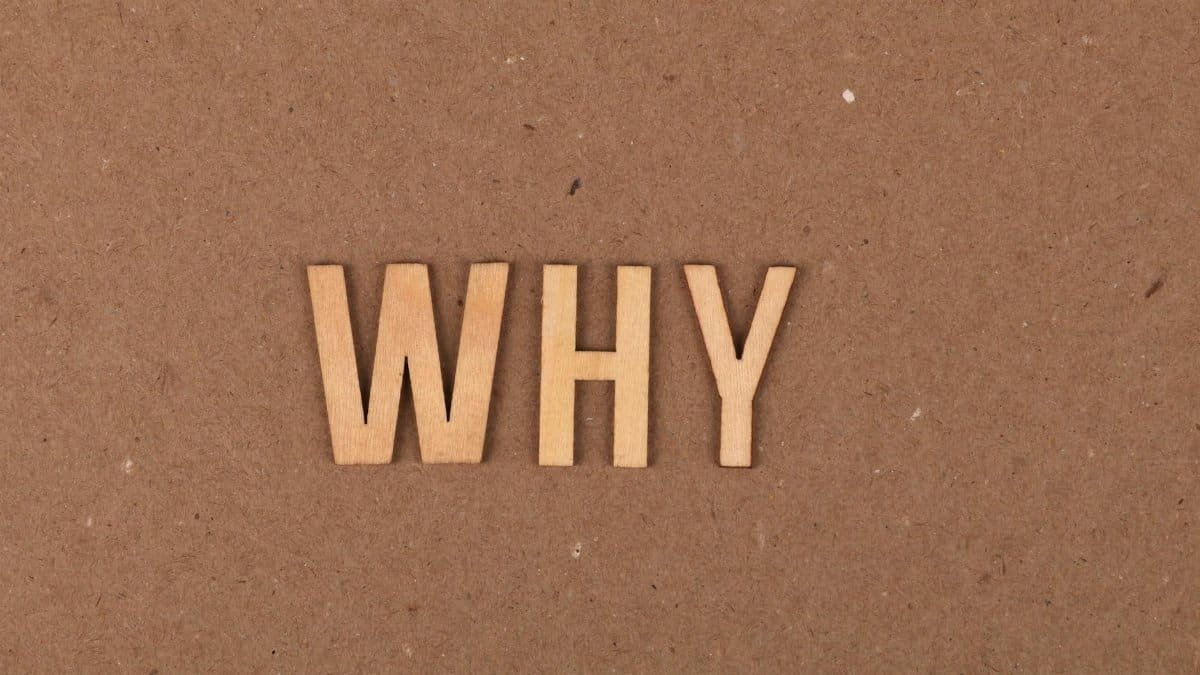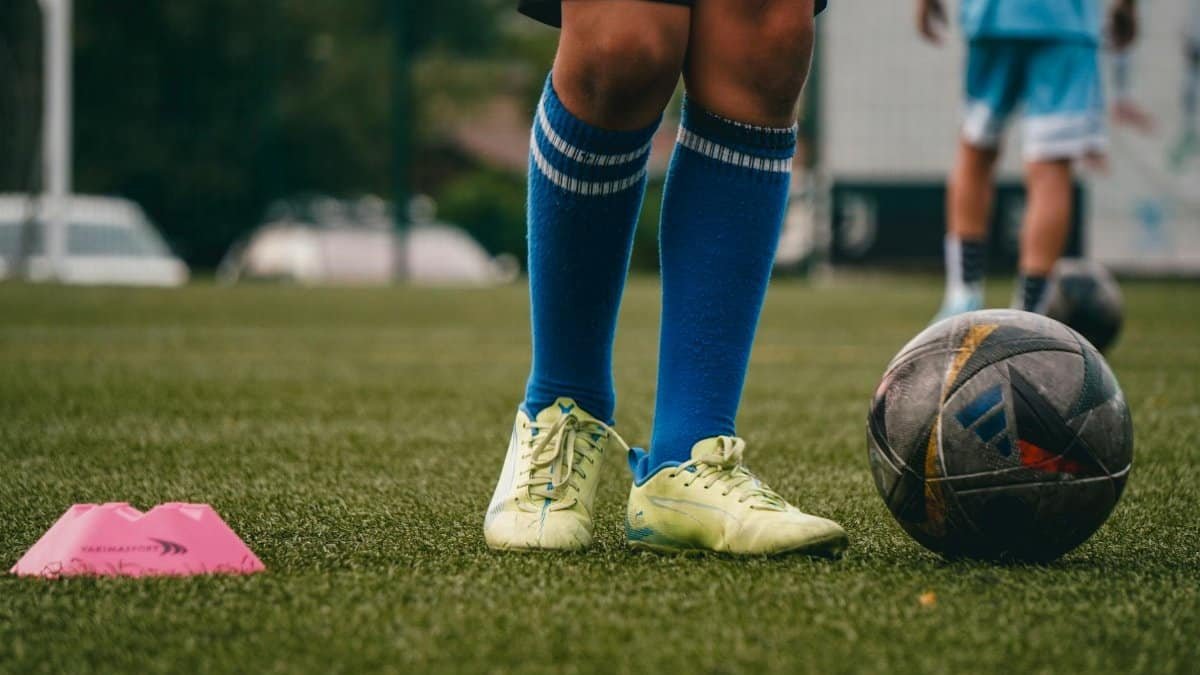Is finger tap focus the secret weapon you’ve been missing for mental clarity? This simple technique, involving rhythmic bilateral tapping, is gaining traction as a quick way to jolt the prefrontal cortex into action. Whether you’re battling brain fog or struggling to concentrate, finger tap focus offers a no-cost, accessible trick to sharpen your mind in minutes. Experts say it’s rooted in stimulating brain activity through physical rhythm, and early research backs its potential. Here’s why this quirky method might just work—and how to try it.
What Is Finger Tap Focus?

Finger tap focus refers to a technique where individuals rhythmically tap their fingers, often alternating between hands, to stimulate brain activity and enhance concentration. The idea is simple: the bilateral movement engages both hemispheres of the brain, potentially waking up the prefrontal cortex—the area tied to decision-making and attention. It’s a low-effort method that’s caught attention in mental health and self-care circles for its accessibility. No apps, no equipment—just your hands and a quiet moment.
How Does It Work?

The science behind finger tap focus hinges on brain stimulation. Alternating taps between left and right hands create a cross-body pattern, which some neuroscientists suggest can improve neural communication. This activity may increase blood flow to key brain regions, helping to snap out of mental sluggishness. While not a cure-all, it’s thought to act as a quick reset, especially during moments of distraction or stress. Think of it as a mini wake-up call for your mind.
Why It’s Gaining Popularity

In 2025, with attention spans under siege from endless notifications and multitasking, quick fixes like finger tap focus are resonating. Social media clips of people tapping their way to clarity have racked up views, while workplace wellness programs are starting to include it in stress-relief toolkits. Its appeal lies in simplicity—anyone can do it, anywhere. From students cramming for exams to professionals battling Zoom fatigue, this technique is finding fans across the board.
Does the Research Back It Up?

Early studies on bilateral stimulation, often linked to therapies like EMDR (Eye Movement Desensitization and Reprocessing), hint at real benefits for focus and stress reduction. A 2019 review in the journal Frontiers in Psychology noted that rhythmic cross-body movements can influence brain wave patterns, potentially aiding attention. While specific research on finger tapping is sparse, related findings from institutions like the National Institutes of Health suggest physical rhythm can positively impact cognitive function. More targeted studies are needed, but the groundwork is promising.
How to Try Finger Tap Focus

Ready to test it? Sit comfortably and place your hands on your thighs or a desk. Tap your right fingers for a few seconds, then switch to your left, alternating at a steady pace—think of a metronome at a moderate beat. Do this for 30 to 60 seconds, focusing on the rhythm. Some suggest closing your eyes to heighten awareness. If your mind wanders, bring it back to the tapping. That’s it. Repeat as needed during sluggish moments.
Who Might Benefit Most?

This technique isn’t for everyone, but it could be a game-changer for those with mild focus issues or stress-induced brain fog. Students, remote workers, or anyone juggling high mental loads might find it a handy reset. It’s less likely to help with deeper attention disorders like ADHD without complementary strategies, experts caution. Still, its low barrier to entry makes it worth a shot for most. If nothing else, it’s a brief mindfulness break.
Potential Downsides to Consider

Finger tap focus isn’t perfect. For some, the repetitive motion might feel awkward or distracting rather than calming. Others may see no effect if their focus issues stem from deeper causes like sleep deprivation or anxiety. Overdoing it could even lead to mild frustration if results don’t come quickly. The key is moderation—use it as a quick tool, not a sole solution. Pairing it with better sleep or hydration might amplify any benefits.
Real-Life Feedback

Users experimenting with finger tap focus report mixed but intriguing results. “I felt sharper after a minute of tapping before a big meeting,” said Jenna T., a marketing coordinator from Chicago. Others note it’s a decent way to break mental loops during long work hours. Not everyone’s sold—some call it a placebo—but the anecdotal buzz keeps growing. Online forums in 2025 show a split: half swear by it, half shrug it off. Your experience might depend on expectation.
